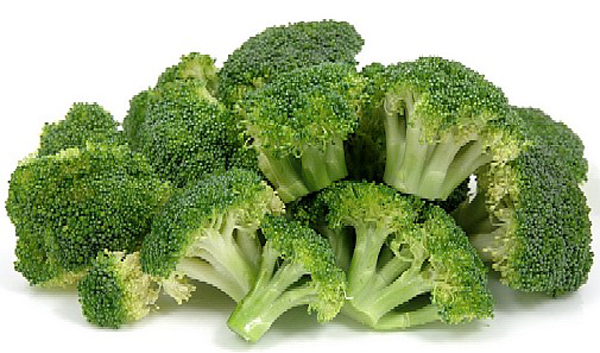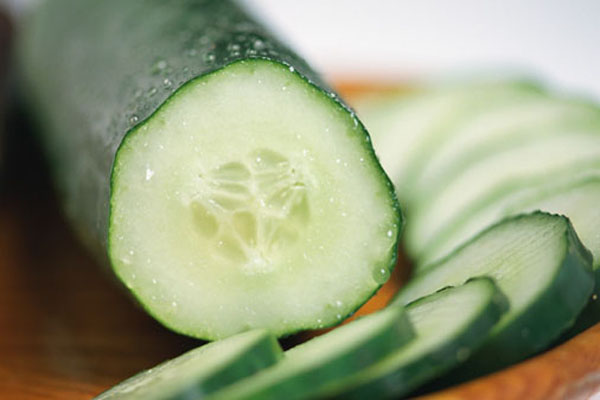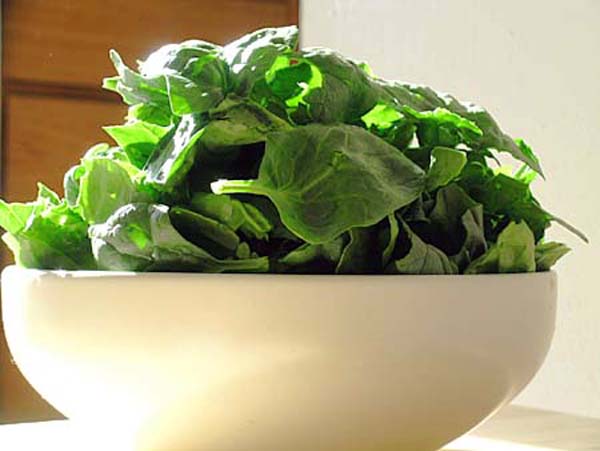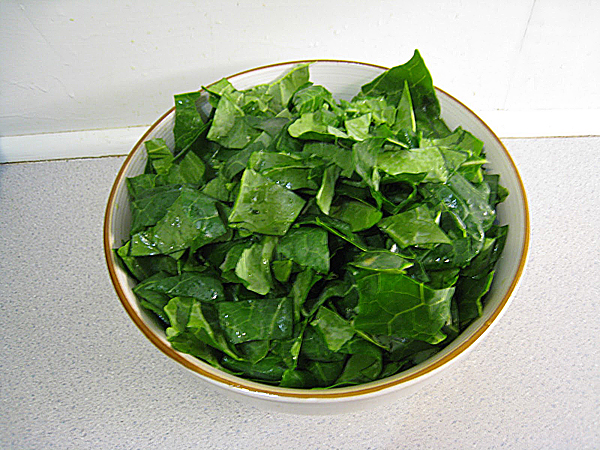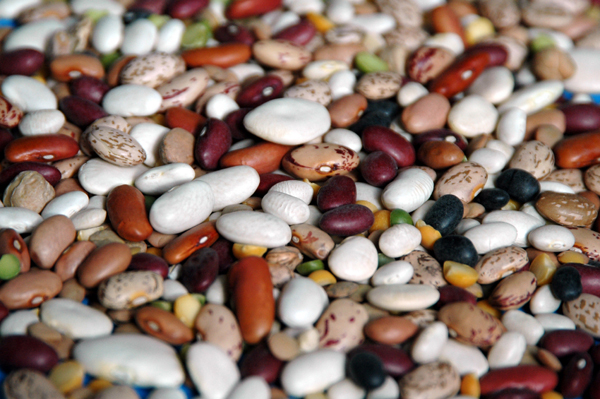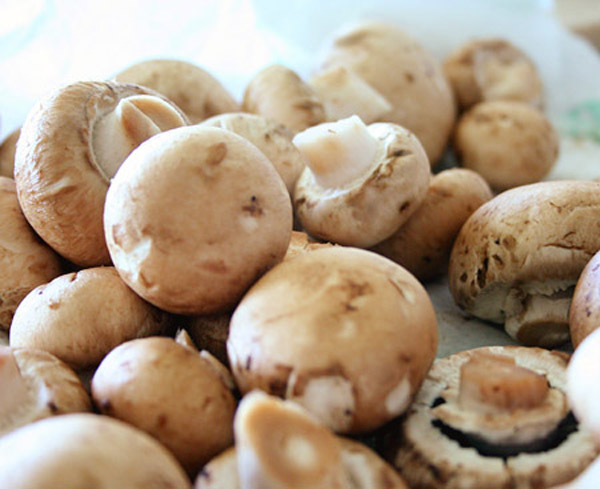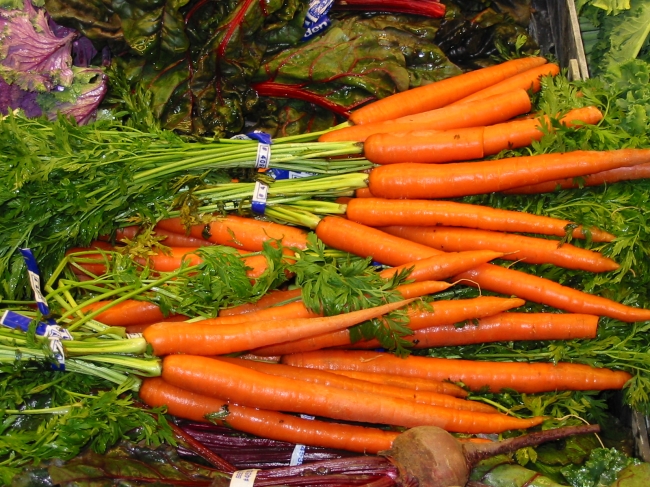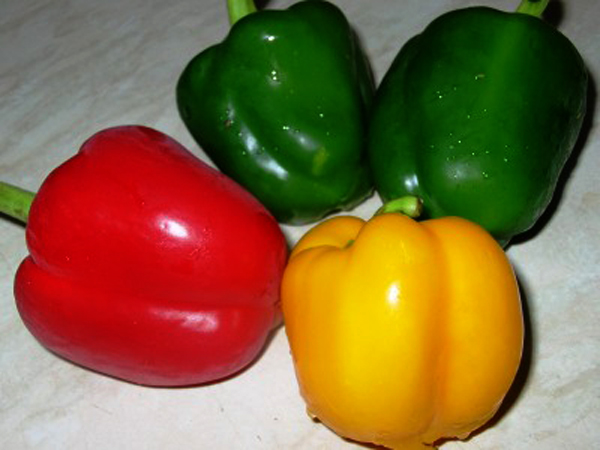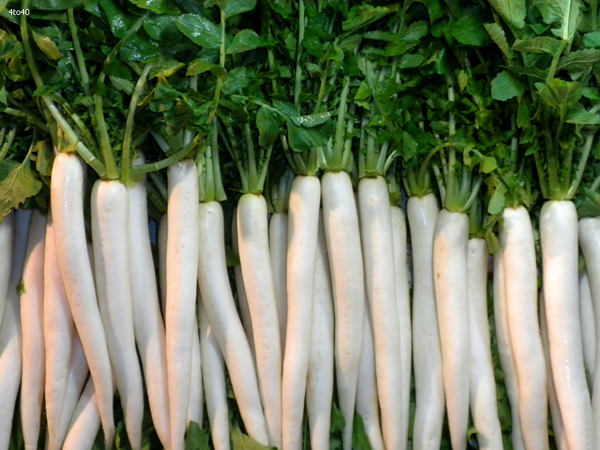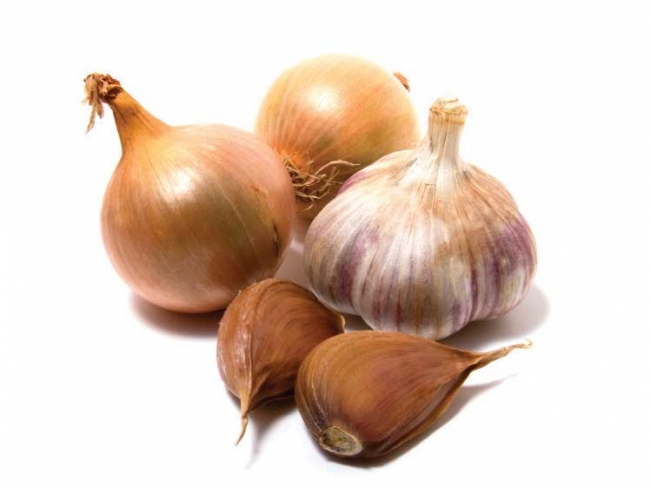When considering a diet for weight loss, vegetables are the first and best choice. Being rich in fiber and water, the vegetables have very few calories in them. The water helps to reduce dehydration that happens in any weight loss regimen. That apart, vegetables are also rich in many essential nutrients like vitamins, minerals and antioxidants that help the smooth and disease-free functioning of the body. While they fill the stomach, they do not add bulk to the body. This ensures that the frequency of snacking gets reduced: an integral part of any weight loss program. Some weight loss vegetable diets also have many active ingredients which aid in curing, delaying and reducing the occurrence of diseases.
Broccoli
Broccoli consumption has a double benefit. For one, it has absolutely no fat in it. It is comprised of proteins to the extent of 40 percent and carbohydrates to the extent of 56 percent. The rest is minerals, vitamins and water. Even the carbohydrates present are complex molecules which take greater time to digest. This ensures a steady and sustained energy release even long after the meal is complete, thus reducing the need to eat frequently. Broccoli is a seasonal produce but canned varieties are available throughout the year. Broccoli also is rich in vitamin E, riboflavin, thiamin, pantothenic acid, iron, magnesium, calcium, phosphorous and selenium.
Cucumber
Water is a very essential ingredient for the burning of body fats. Thus, it is a good idea to consume vegetables that are high in water content as they help to keep the body hydrated. Cucumbers are constituted almost entirely of water and they are also widely cultivated. Since they are grown throughout the year, their availability should never be an issue. However, people are known to suffer cucumber allergies in which they experience symptoms similar to the ones of hay fever. It is better to determine one’s allergies before incorporating cucumber into the weight loss diet. If not cucumbers, one could include other water rich vegetables like tomatoes, zucchini, yellow summer squash and romaine lettuce in the diet.
Spinach
Spinach is a popular vegetable in the vegetarian diet because it is rich in vitamins and minerals like vitamins A, C, E, K, riboflavin, thiamin, B6, and minerals like calcium, iron, folate, magnesium, potassium, copper, phosphorous and manganese. It would be a perfect addition to the weight loss regimen because it is very richly populated with fibers. Fibers add bulk to the food without adding bulk to the body! Termed as roughage, they are vital for proper bowel movement. They also ensure that there is no water retention in the body. Spinach is usually available only in the winter months but again, in these days of frozen foods and supermarkets, we have nothing to worry.
Collard greens and leeks
Collard greens and leeks have been naturally packed with a lot of proteins and amino acids. As a general rule, any food that is rich in proteins is good for weight loss diets because proteins add bulk to the food without the fat! Leeks and collards also have a low glycemic index. Glycemic index is a measure of available carbohydrate in the food that raises the blood sugar by a unit. Thus, they contribute very little to the blood glucose levels. Some of the nutrients that are found in collard greens include vital ones like niacin, thiamin, vitamins A, C, K, E, potassium, riboflavin, B6, folate, manganese and calcium. Leeks also serve as good alternatives to onions and can be used in fish pie along with carrots and other vegetables. These are seasonal vegetables that are available in the months from March to May.
Beans
Fairytales have often used beans as magical plants. The same holds true even for a weight loss diet. Beans are full of dietary fibers and proteins. They make you feel full but do not add even a bit of fat to the body. They can be eaten raw and are available throughout the year. Beans figure high in complex carbohydrates that take time to metabolise. This helps in reducing eating between meals. However, some beans like red beans and kidney beans contain some harmful toxins (lectin phytohaemagglutinin, for example) that must be removed via boiling before consumption. They can also be enriched with nutrients through the process of slow fermentation.
Mushrooms
Mushrooms are foremost among ‘free foods’ or ‘negative calorie’ foods. What this basically means is that these foods are very low on the calorie count. The calories that are needed to digest the food are more than the calories that are generated when the food is digested! There are about 14,000 varieties of mushrooms of which only 3,000 are edible and 700 have medicinal value too. Mushrooms are high in water content: about 80 to 90 percent. They thus add bulk to food without adding to body mass. They can be used in soups and salads and their extracts are also used in making sports drinks. Mushrooms also are a storehouse of copper, selenium, niacin and riboflavin. However, it is advisable to procure mushrooms only through stores and proper channels and not pick them in the wild. This is because many varieties of mushrooms are toxic too!
Carrots
Carrots are a rich source of alpha and beta carotenes which stave away cancer of the esophagus, lungs and stomach. Apart from that, they have the amazing ability to masquerade as fat by adding thickness to soups, casseroles and sauces. Thus, one gets the psychological satisfaction of having consumed fats without having to actually do that! Carrots contain decent amounts of calcium pectate, which is a soluble dietary fiber. Along with adding bulk to the food, this fiber also lowers blood cholesterol levels. Since they are available all through the year, they can be eaten raw as salad after washing well, lightly cooked with salt and pepper or steamed. They can also be made into soups.
Cabbage and Brussels sprouts
These are two similar kinds of vegetables which are rich in fibers and contain almost no calories at all. Though the season for growing is winter, they are available all through the year because of their versatility. Apart from being low on calories, they are rich in nutrients like vitamins A, C, K, thiamine, B6, folate and the minerals potassium and manganese. Cabbage instigates gas formation in the gastro-intestinal tract. To counteract this, it could be cooked along with garlic and ginger. Many popular curries and salads incorporate these diet-friendly vegetables. Brussels sprouts, in fact, have more fiber than cabbages.
Capsicum
Commonly known as peppers, the different varieties of capsicum are highly beneficial in a weight loss program. The vegetable improves the mobilization of fat, which can then be burned easily through exercises. Thus, caps
icum has also become a vital ingredient in many herbal diet pills. One of the ingredients in this vegetable, Capsaicin, turns up the heat in the body via a process known as thermogenesis. This results in the increase of the metabolic rate when one is resting. As a result, capsicum further aids in burning fats and in weight loss. Apart from this, capsicum has also been found to increase blood circulation and regulate the blood pressure. It also reduces incidence of respiratory illnesses. Capsicums are available all through the year and are delicious to eat. They can be had in salad form or as pizza toppings sans the cheese!
Radishes
Eating a radish adds only about a calorie to the body! That is good news because radishes are available in different varieties and are very tasty too. They are a rich source of vitamin C and also contain appreciable amounts of potassium and molybdenum. They can be munched as frequently as desired in their raw form. They fill the stomach and reduce the desire to snack. They are available almost through the year and can be consumed as salads by splicing and dicing. Radishes can be consumed in different ways as one would consume carrots: soups, steamed and lightly cooked.
Garlic and onion
Though onions and garlic do not actually fall into the category of ‘vegetables’, they are often recommended for weight loss therapies. The onion family is rich is allyly sulfides, which are helpful in lowering blood pressure. This will be useful for those that are overweight because high blood pressure is a common problem that tags along. Onion and garlic also help prevent cancer in the stomach. They form an excellent seasoning for other vegetables that you might not have enjoyed eating. They are available throughout the year and are also inexpensive. There are certain people, though, who are unable to stand their smell which is due to the presence of sulfur compounds in them.




